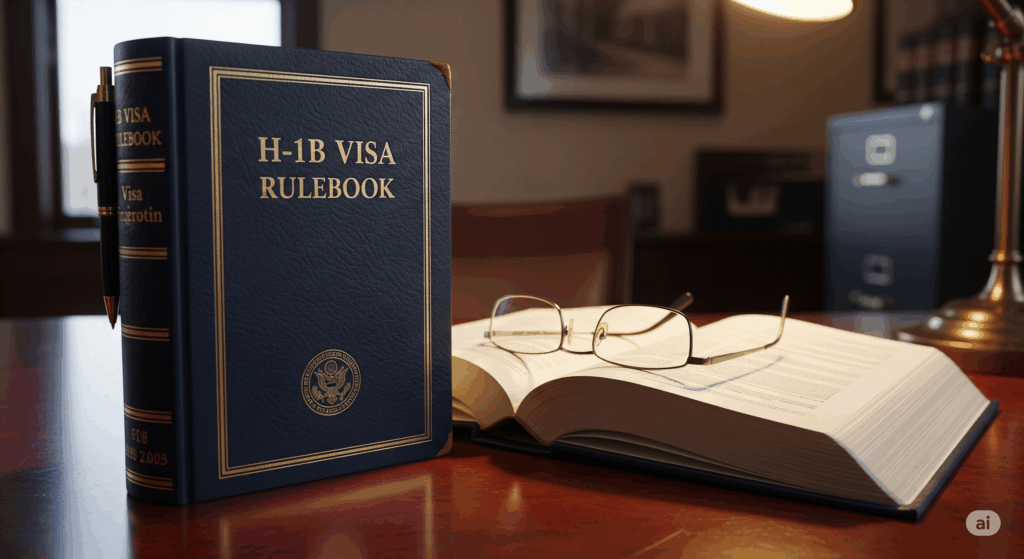Amy Ghosh is a Los Angeles-based Attorney at Law, specializing in Immigration Law, Family Law, and Employment Law, among others. She can be reached at: amygesq@gmail.com
What is a High-Conflict Divorce?
A high-conflict divorce is characterized by a pattern of ongoing hostility, distrust, and litigation between the parents. It’s not just a disagreement; it’s a persistent state of animosity that often involves:
* Verbal abuse: Insults, threats, and disparaging remarks.
* Emotional manipulation: Using the children as pawns or trying to turn them against the other parent.
* Constant litigation: Filing numerous motions or court appearances over minor issues.
* Inability to cooperate: Unwillingness to compromise or communicate effectively, even on matters related to the children.
* Blaming and lack of accountability: Each parent sees the other as the problem and takes no responsibility for their role in the conflict.
The Impact on Children
The most significant aspect of a high-conflict divorce is its detrimental effect on children. Exposure to parental conflict can lead to a range of issues, including:
* Emotional distress: Anxiety, depression, and anger.
* Behavioral problems: Aggression, acting out, or withdrawal.
* Academic struggles: Difficulty concentrating in school.
* Poor self-esteem: Feeling responsible for the conflict or feeling unworthy of their parents’ love.
* Parent-child relationship difficulties: A child may feel forced to choose sides, leading to a strained relationship with one or both parents.
How Parents Should Handle Custody and Visitation
In high-conflict divorces, the traditional co-parenting model of shared decision-making is often unworkable. The goal shifts from co-parenting to “parallel parenting.”
Parallel Parenting
Parallel parenting is a model designed for high-conflict situations. The core principle is to minimize direct communication and interaction between the parents. Each parent manages their own household and time with the children independently, with a focus on shielding the children from the conflict.
Key Components of Parallel Parenting:
* Strict communication protocols: Communication is limited to essential information about the children (e.g., medical appointments, school events) and conducted through a neutral third party or a co-parenting app like OurFamilyWizard.
* Detailed parenting plan: A specific and detailed parenting plan is crucial. It should outline:
* The custody schedule: A precise calendar of who has the children and when.
* Decision-making authority: Clearly define who makes decisions on specific matters (e.g., one parent handles all medical decisions, the other handles all school-related matters).
* Holiday and vacation schedules: Pre-determined schedules to avoid last-minute conflicts.
* Dispute resolution: A plan for what happens when a disagreement arises (e.g., mediation, a parenting coordinator).
* Limited contact at exchanges: Hand-offs should be quick, in a public place, and with minimal interaction. This prevents conflict in front of the children.
* No discussion of the other parent: Parents should never speak negatively about the other parent to the children or within their earshot.
* A “business-like” approach: The relationship between the parents is viewed as a business arrangement. The focus is on what’s best for the child, not on personal feelings or past grievances.
The Role of the Court and Professionals
In high-conflict cases, legal and mental health professionals are often involved to help manage the situation and protect the children.
* Parenting Coordinator (PC): A PC is a neutral third party appointed by the court or agreed upon by the parents to help resolve disputes and implement the parenting plan. They have the authority to make decisions, which helps avoid constant trips to court.
* Child’s Attorney or Guardian ad Litem (GAL): A GAL is an attorney appointed to represent the best interests of the child. They investigate the family situation and make recommendations to the court regarding custody and visitation.
* Therapy: Individual therapy for the parents can help them learn coping mechanisms and emotional regulation. Family therapy can help a child process their feelings and navigate the complex family dynamics.
Best Practices and Recommendations for Parents
* Prioritize the children’s well-being above all else. This is the most critical principle. Your children’s emotional and psychological health must be the top priority.
* Use a co-parenting app. These apps provide a secure, documented platform for communication, scheduling, and expense tracking.
* Create a detailed and rigid parenting plan. The more specific the plan, the less room there is for conflict.
* Do not use the children as messengers. Communicate directly with the other parent (through a neutral channel) or a third party.
* Avoid negative talk about the other parent. This is a form of emotional abuse and can be incredibly damaging to a child.
* Seek professional help. Individual therapy for yourself and a parenting coordinator for the co-parenting relationship can make a significant difference.
* Focus on what you can control. You can’t control the other parent’s behavior, but you can control your own reactions and actions.
In summary, high-conflict divorce requires a shift from traditional co-parenting to a parallel parenting model. The focus is on minimizing contact, creating a rigid structure, and utilizing professional support to protect the children from the ongoing conflict.



